Power outages don't announce themselves.
They strike during storms, heatwaves, or aging grid failures.
One moment you're comfortable at home, the next you're fumbling in darkness while your refrigerator silently stops working.
Ahome battery backup changes that story. It keeps your lights on, your phones charged, and your essential devices running when the grid goes down.
In this blog, you’ll discoverhow home battery backups work, how to choose the right one,and how they can save you from the next unexpected blackout.
Why Every Home Needs Battery Backup
The frequency of power outages has increased significantly in recent years. Climate change brings more severe weather events. Aging infrastructure struggles under modern demand. Grid failures happen without warning.
Traditional gas generators were once the only option. They're loud, produce toxic fumes, and require constant fuel storage. Modern battery backup systems eliminate these problems entirely.
Battery backups run silently. You can operate them indoors without ventilation concerns. They require no ongoing fuel purchases. Maintenance is minimal compared to gas-powered alternatives.
Choosing the Right Capacity
Calculating Your Power Needs
Your backup power needs depend on which devices you consider essential during an outage. Start by listing these priorities and their power consumption.
A refrigerator typically uses 100-800W depending on size and efficiency. LED lights use 5-20W each. Internet routers and modems use 5-20W. Laptops use 30-100W. CPAP machines use 30-60W. Sump pumps can use 600-1300W when running.
Capacity Recommendations
For basic emergency needs—lights, phone charging, internet—a 500-1000Wh system suffices. For moderate needs including a refrigerator and multiple devices, consider 1000-2000Wh. For comprehensive backup including major appliances, look at 2000-5000Wh or higher.
Companies like OUPES offer multiple tiers to match different household needs. Their Mega 1 model provides 1024Wh capacity with 2000W output, handling most essential devices during typical outages. The Mega 5 delivers 5040Wh with 4000W output for comprehensive whole-home support.
Expandable Systems: Future-Proof Your Investment
One of the smartest features in modern battery backup systems is expandability. You don't need to buy your complete solution immediately. Start with a base unit, then add battery packs as your needs or budget grow.
This approach offers several advantages. Initial costs are lower. You can test the system with your actual needs before expanding. As technology improves or prices drop, you can add capacity without replacing your entire setup.
OUPES systems exemplify this flexibility. Their Mega series units accept additional battery modules, expanding total capacity significantly. The Mega 5 can expand from 5040Wh to 45,360Wh with additional battery packs—enough to power essential circuits for days or even weeks during extended outages.
Charging Methods: Staying Ready
Wall Charging for Daily Use
Battery backup systems offer multiple charging methods. Wall charging is the fastest and most convenient for daily use. Solar charging provides true energy independence and is ideal for extended outages or off-grid situations.
Wall charging typically takes 1-3 hours for a full charge depending on system size and charging speed. Modern systems like the OUPES Mega 2 can fully charge in just 36 minutes using fast charging technology.
Solar Charging for Independence
Solar charging speed depends on panel wattage and sunlight conditions. A 2000Wh system with 500W of solar panels might fully charge in 4-6 hours of good sunlight. Systems can also charge from your vehicle's 12V outlet, though this is slower and primarily useful for emergencies.
The Hybrid Approach
The best practice combines methods. Keep your system charged from wall power during normal times. If an extended outage occurs, use solar panels to maintain charge levels. This hybrid approach maximizes reliability.
Real-World Applications
Battery backup systems excel in multiple scenarios beyond just power outages.
During hurricanes or severe storms, battery backup keeps communication devices operational. You can receive emergency alerts, contact family members, and monitor weather conditions. Refrigeration continues, preventing food spoilage and medication degradation.
For remote workers, a brief power outage doesn't mean lost productivity or missed meetings. Your computer, internet equipment, and lighting continue operating seamlessly. Some systems offer uninterruptible power supply (UPS) functionality with switchover times under 20 milliseconds—fast enough that most computers don't even register the transition.
Medical needs make battery backup essential for many households. CPAP machines, oxygen concentrators, and refrigerated medications require reliable power. A battery backup system can literally be life-saving in these situations.
Installation and Maintenance
Simple Setup
Most portable battery backup systems require no installation. Unpack the unit, charge it fully, and it's ready to use. Keep it in an accessible location—preferably elevated to avoid potential flooding.
Whole-Home Integration
For whole-home integration, you can connect larger systems to your home's electrical panel through a transfer switch. This setup allows you to power hardwired circuits and appliances. Professional installation is recommended for these configurations.
Ongoing Care
Maintenance is minimal with LiFePO4 battery technology. Keep the unit in a temperature-controlled environment when possible. Extreme heat or cold affects battery performance and longevity. Charge the battery every 3-6 months if not in regular use to maintain battery health.
Battery Technology: LiFePO4 Advantages
Lithium iron phosphate (LiFePO4) batteries have become the gold standard for home backup systems. They offer significant advantages over older battery chemistries.
LiFePO4 batteries last substantially longer than traditional lithium-ion batteries. Quality systems provide 3,000-3,500 cycles to 80% capacity. This translates to approximately 10 years of regular use before significant capacity degradation.
Safety is another critical advantage. LiFePO4 chemistry is inherently more stable and resistant to thermal runaway—the dangerous condition where batteries overheat and potentially catch fire. This makes them safe for indoor use and reduces fire risk.
These batteries perform better across temperature ranges and maintain consistent output voltage throughout their discharge cycle. They're also more environmentally friendly, containing no heavy metals or toxic materials.
Smart Features and Monitoring
Modern battery backup systems include intelligent features that enhance usability and performance. Mobile apps let you monitor your system from anywhere. You can check charge levels, current power draw, estimated runtime, and more.
Some systems allow remote control of outlets, letting you prioritize which devices receive power during extended outages. You can schedule charging times to take advantage of off-peak electricity rates. Notifications alert you to system status changes or issues requiring attention.
Display screens on the units themselves provide at-a-glance information. Input and output power, battery percentage, estimated runtime, and port status are typically visible without pulling out your phone.
Smart features also include automatic power management. The system can enter low-power modes when not in use, extend battery life during outages by shutting down non-essential outputs, and protect against overload by temporarily disabling outputs that exceed safe limits.
Cost Considerations and Value
Investment Breakdown
Battery backup systems represent a significant upfront investment, but the value extends beyond just outage protection. You're buying peace of mind, protecting expensive food and medication, maintaining productivity, and ensuring safety.
Entry-level systems for basic needs start around $300-500. Mid-range systems handling comprehensive household needs run $1,000-2,000. Whole-home solutions can exceed $3,000-5,000, especially with expansion batteries.
Calculating True Value
Consider the cost of what you're protecting. A freezer full of food easily represents several hundred dollars. Lost work productivity during an outage has real economic impact. Spoiled medication or food for special dietary needs can't always be quickly replaced.
Available Incentives
Many regions offer tax credits or rebates for home energy storage systems. The U.S. Residential Clean Energy Credit can provide up to 30% of the cost back for qualified systems. Check local utility company programs for additional incentives.
Preparing for Emergencies
Creating Your Power Plan
Having a battery backup system is only valuable if you're prepared to use it effectively. Create an emergency power plan before you need it.
List your essential devices and their power requirements. Prioritize what gets power first during an outage. Medical equipment and refrigeration typically rank highest, followed by communication devices and lighting.
Organizing Your Setup
Keep charging cables, adapters, and extension cords readily accessible near your power station. Label them clearly so anyone in your household can quickly set up essential connections during an emergency.
Maintenance Schedule
Maintain a routine charging schedule. Many people charge their systems weekly or bi-weekly even if they're not being used. This ensures readiness and maintains battery health. When severe weather is forecast, fully charge your system as a precaution.
Additional Protection
Consider pairing your battery backup with surge protectors for added device protection. Even with backup power, voltage fluctuations can occur. Quality surge protection adds another layer of safety for expensive electronics.
Wrap Up
Don't wait for the next outage to realize you're unprepared. The time to establish backup power is before you need it. Whether you're protecting medical equipment, maintaining work productivity, or simply ensuring comfort and safety, battery backup delivers peace of mind worth far more than its cost.
backup generator for home, best generator for home backup power, home backup power, home battery backup, homebackup power, solar generator for home,

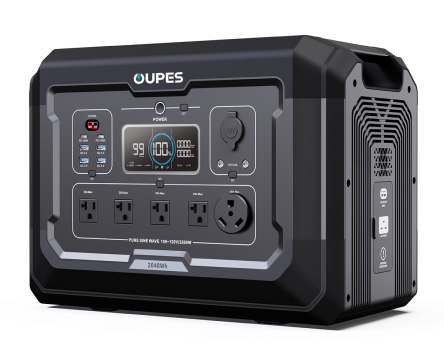
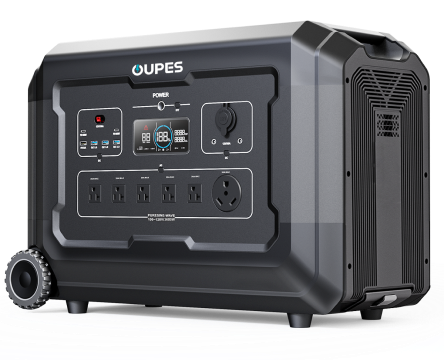
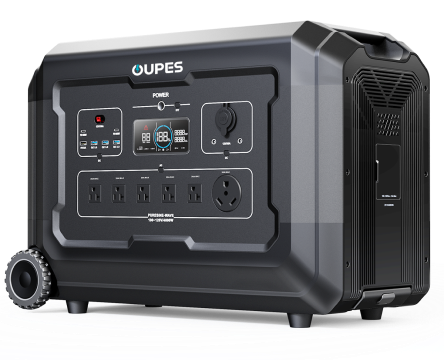
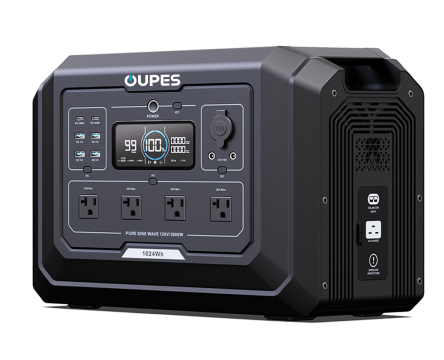
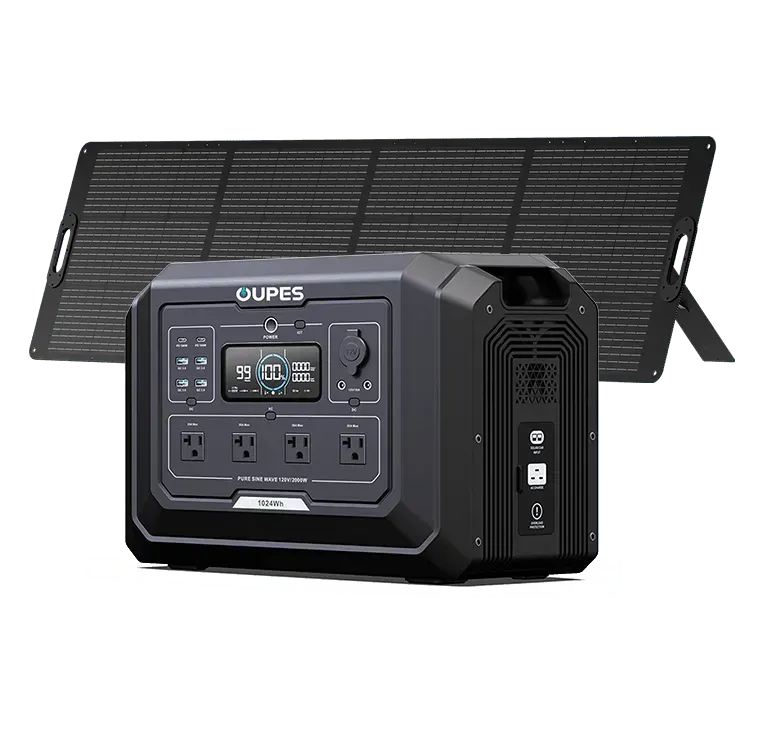
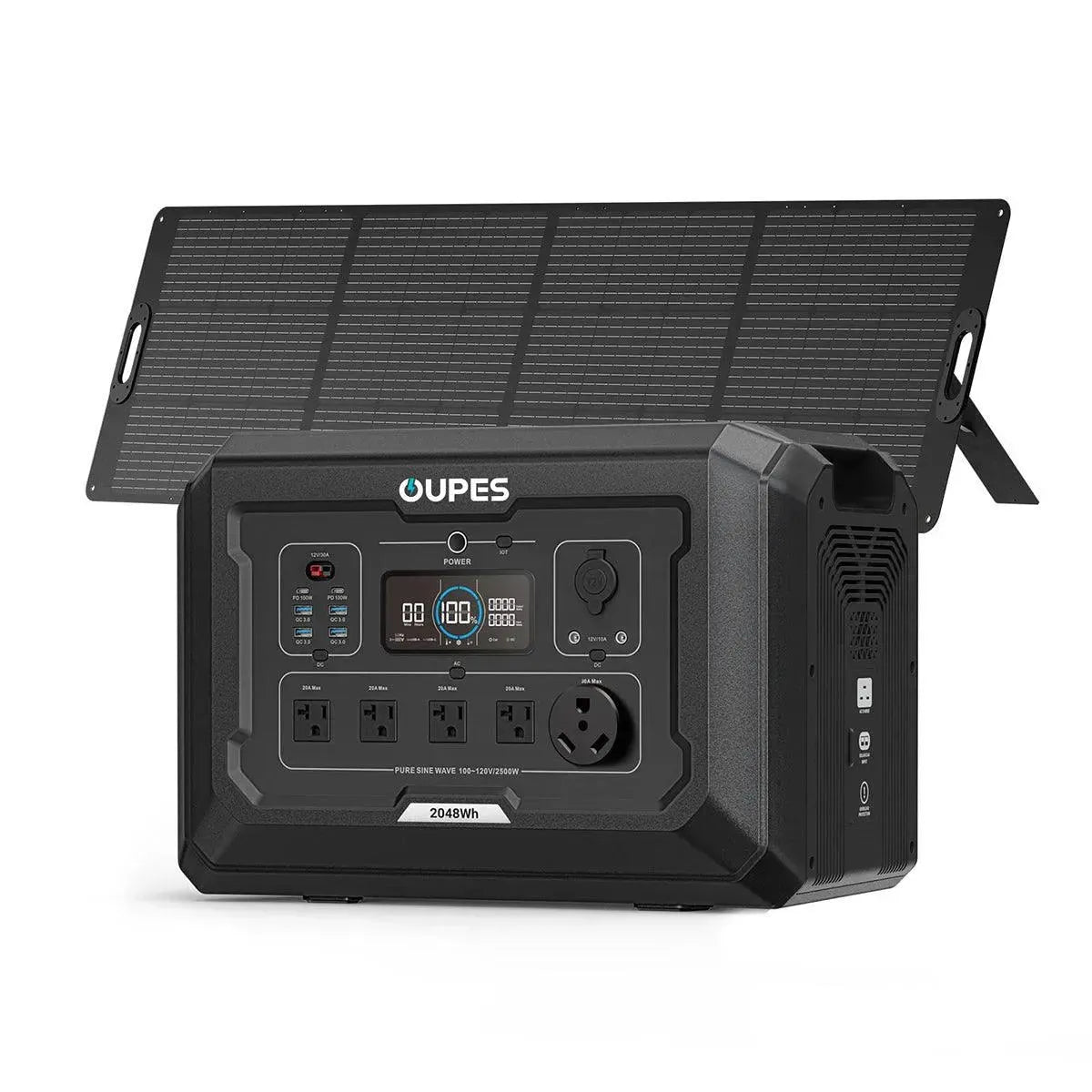
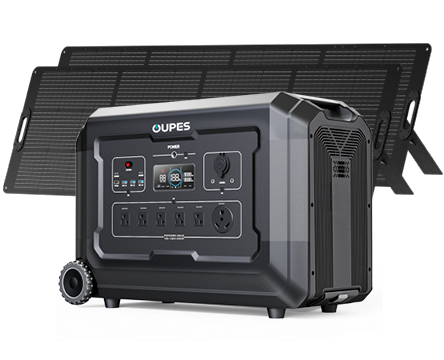
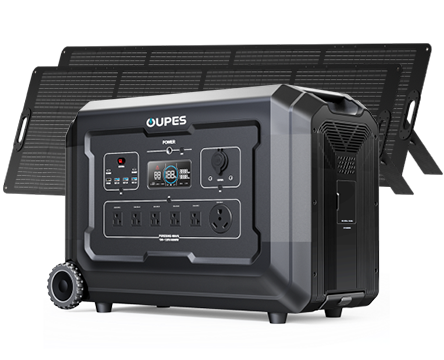
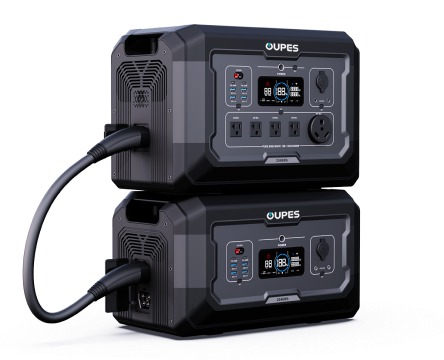
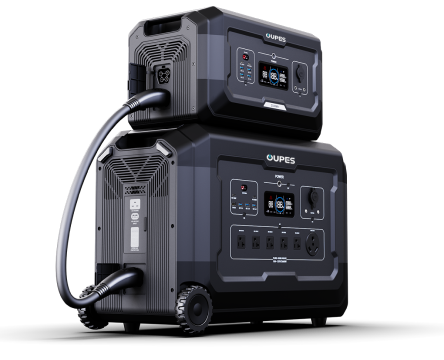
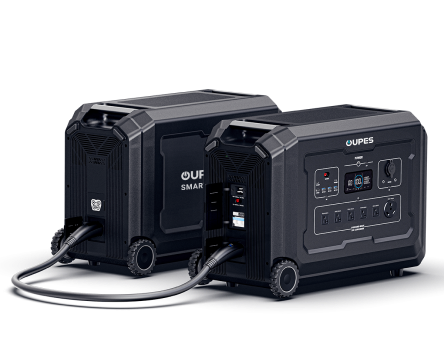
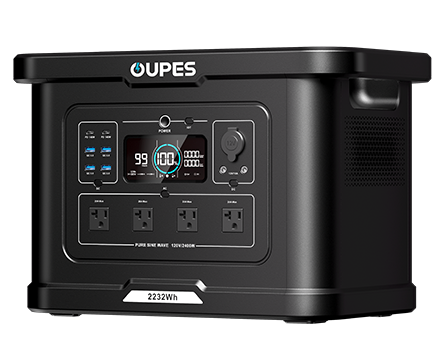
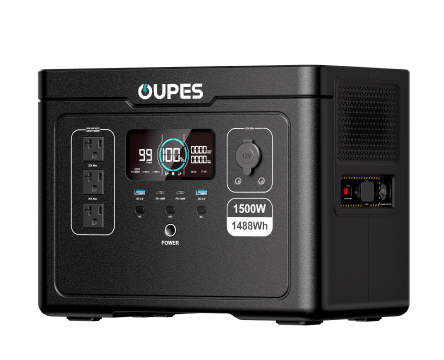
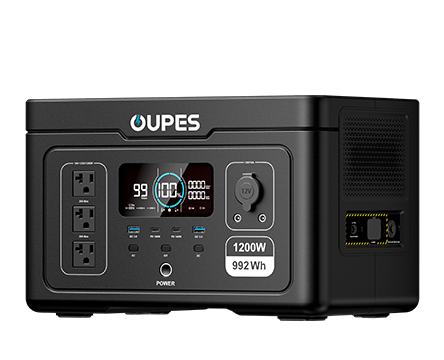
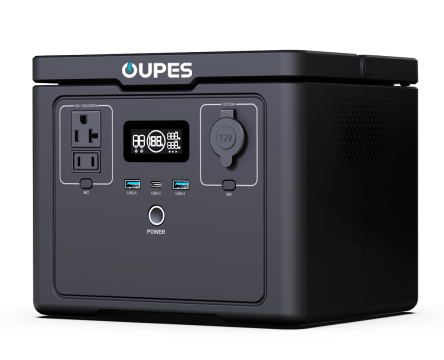
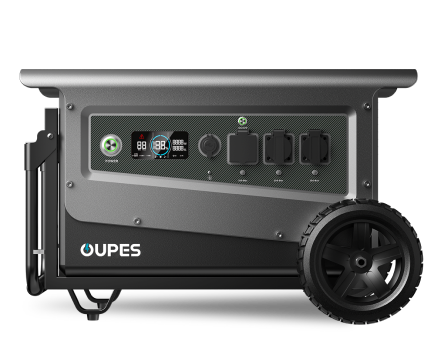
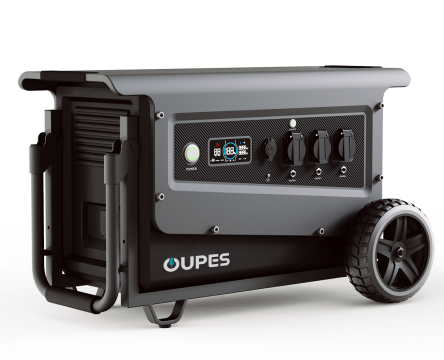
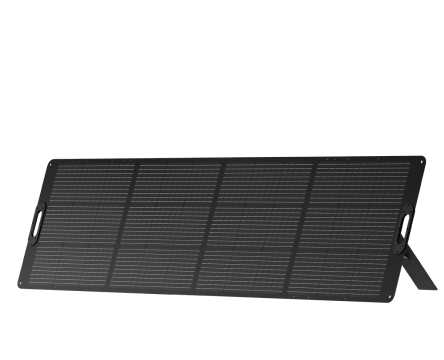
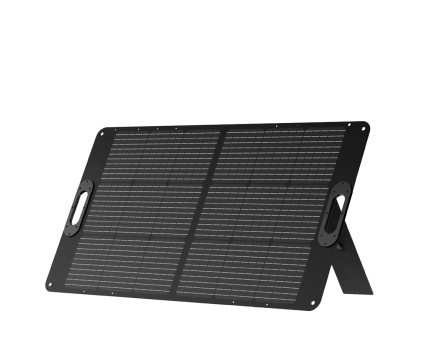
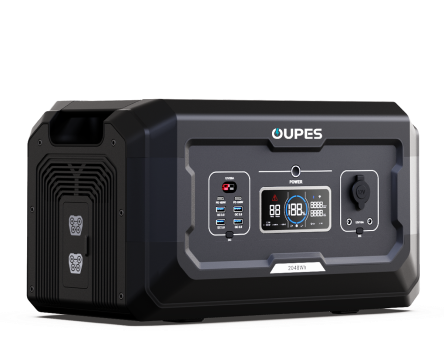
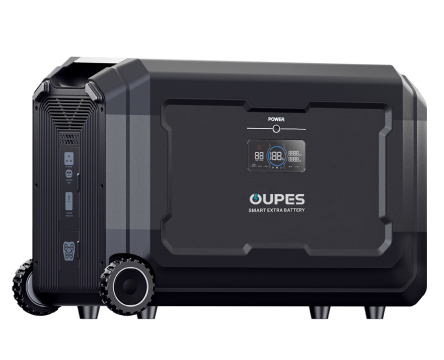
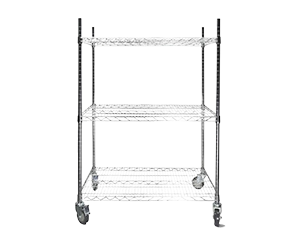
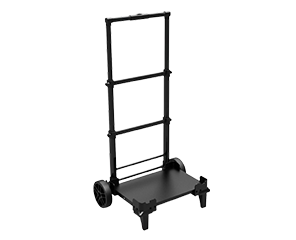
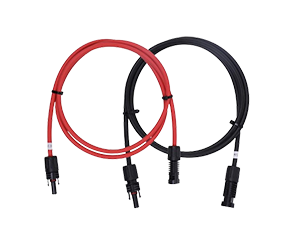
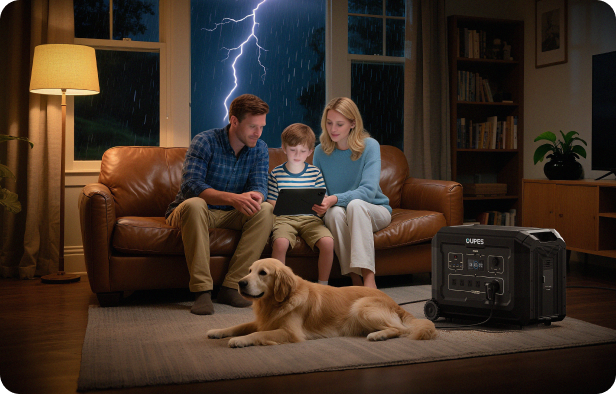
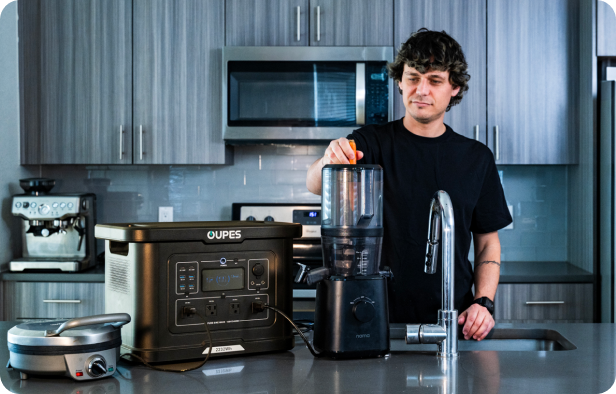
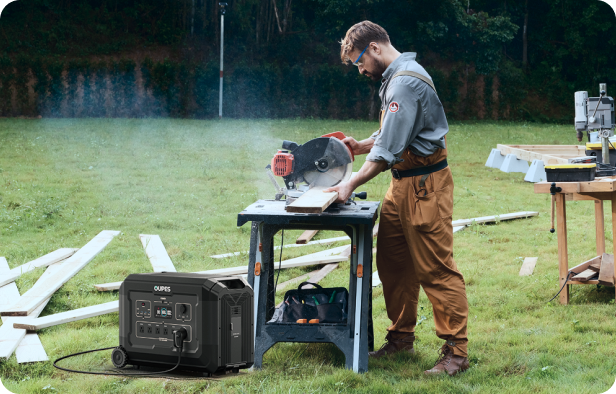
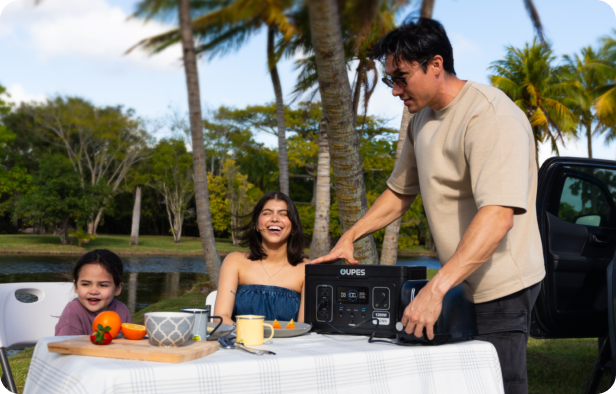
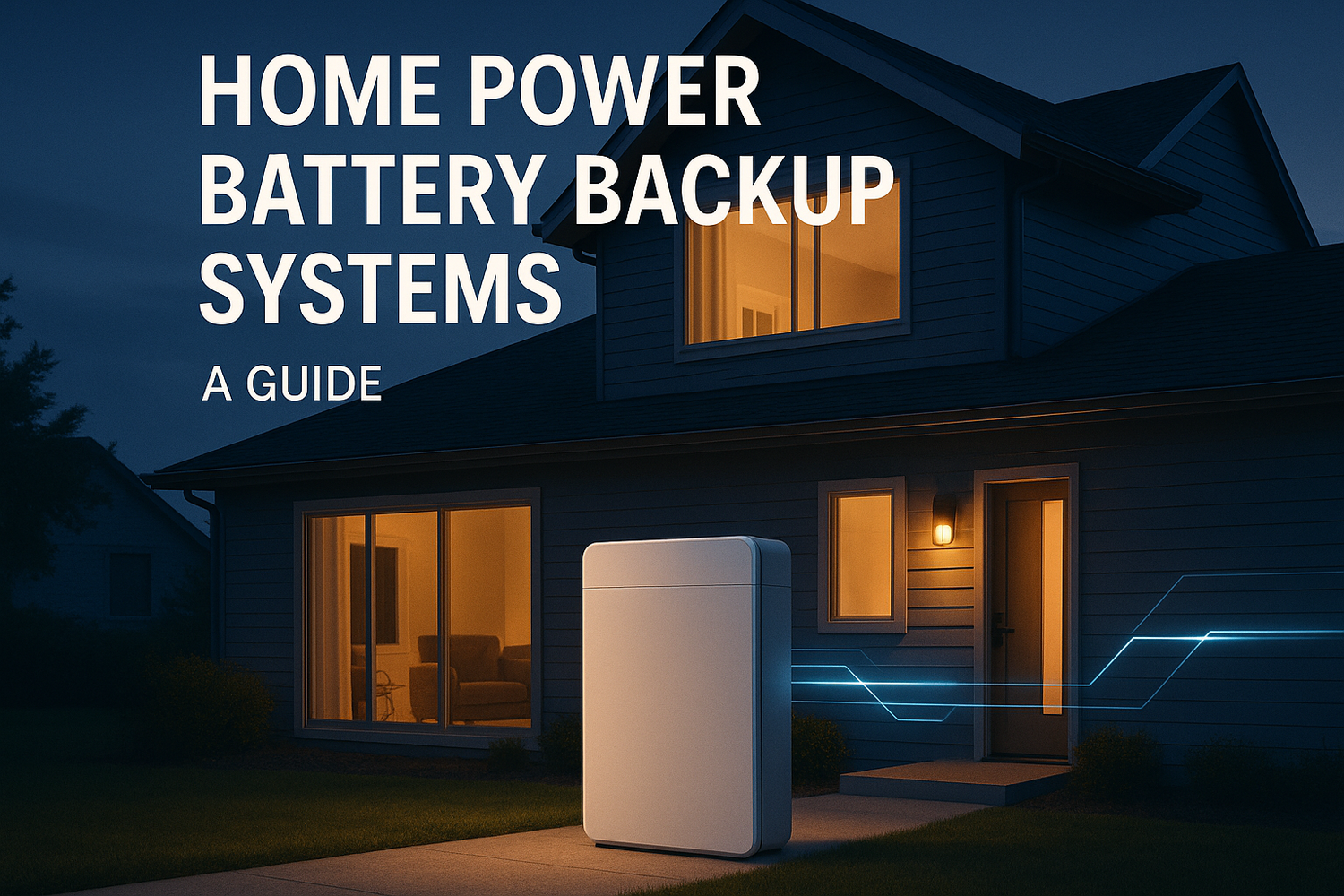
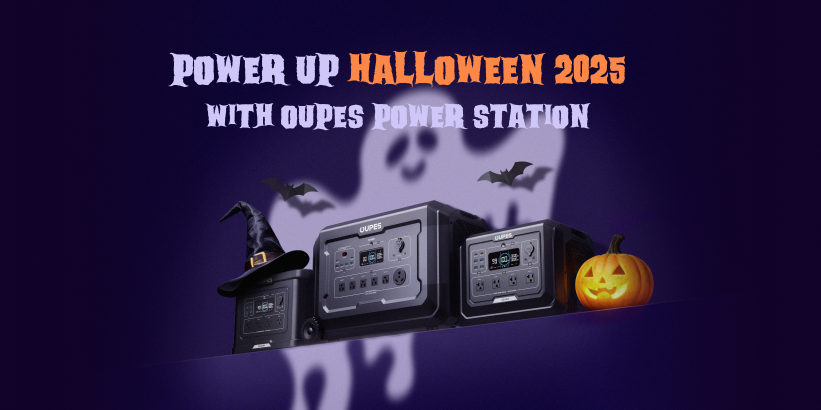

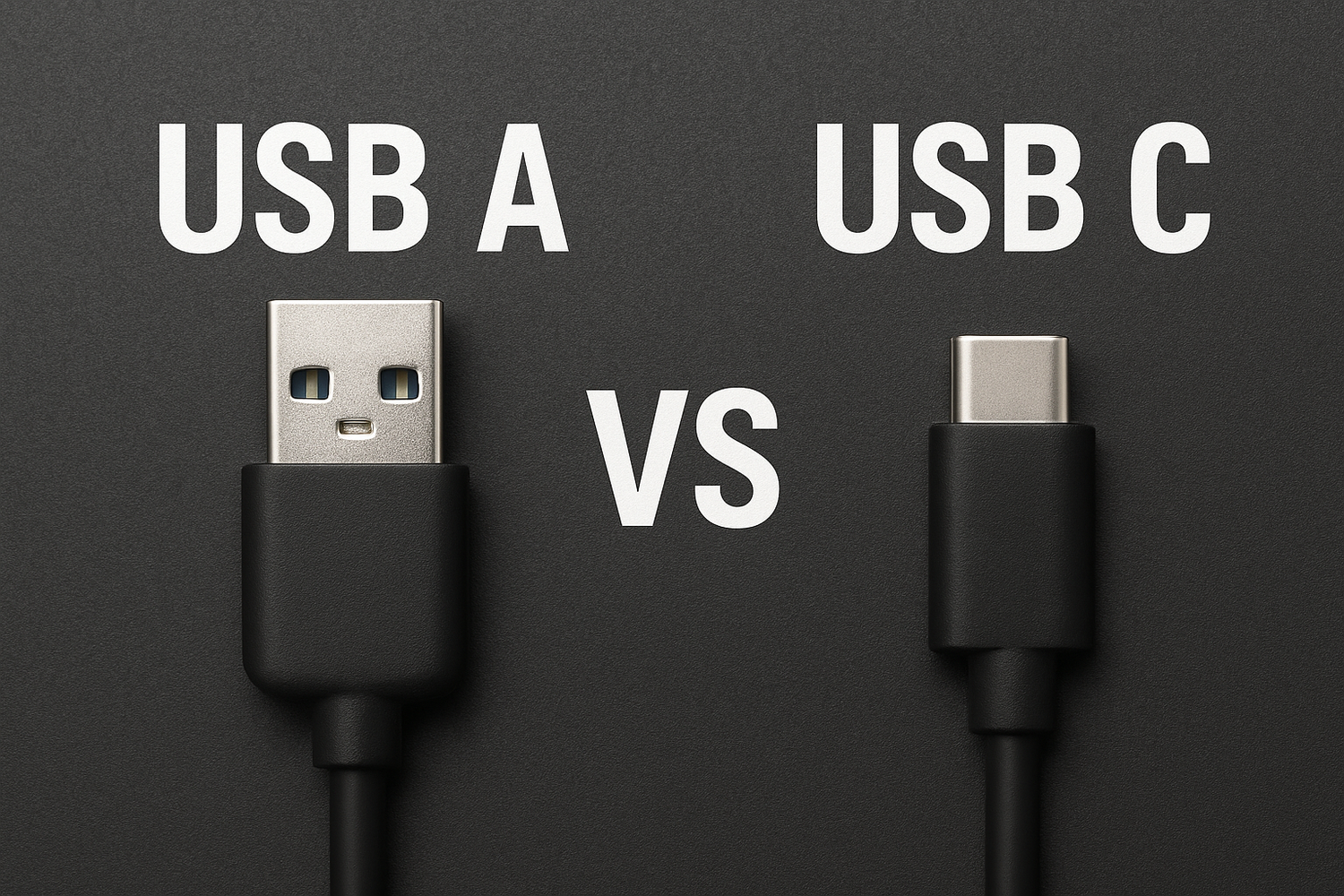
Leave a comment
This site is protected by hCaptcha and the hCaptcha Privacy Policy and Terms of Service apply.